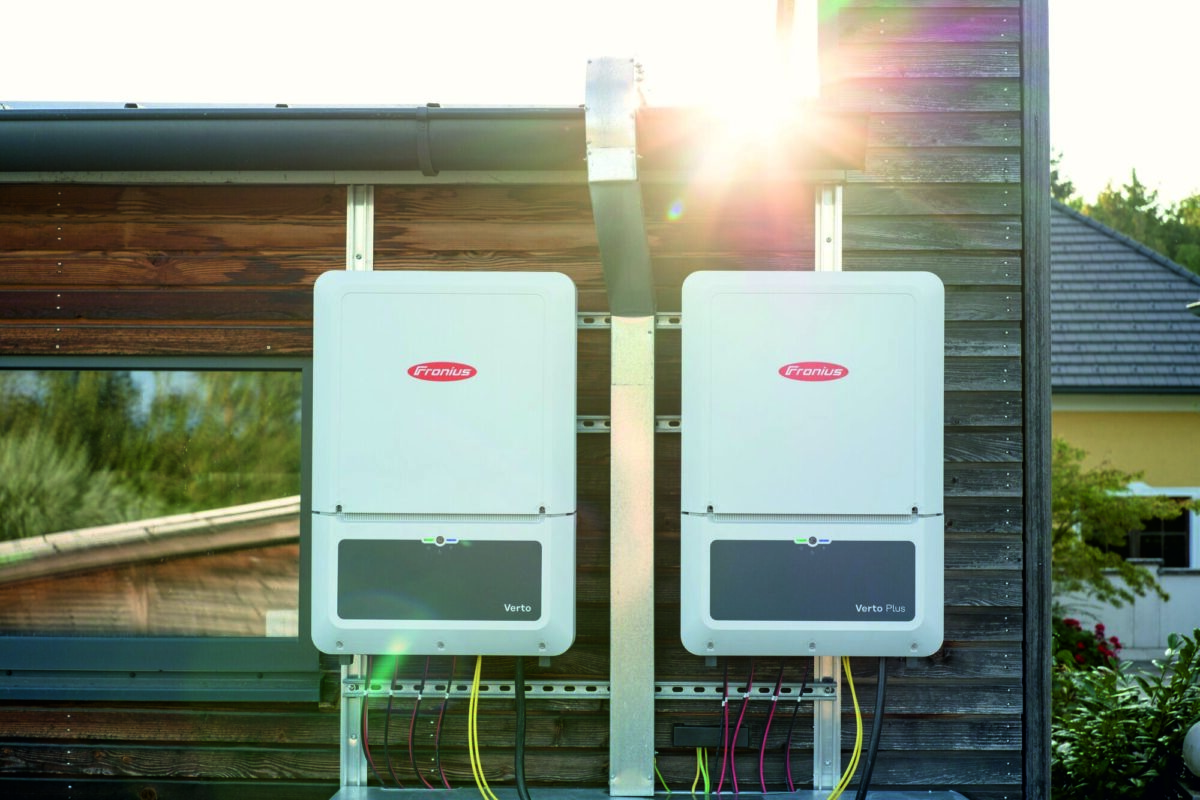From pv magazine USA
Despite all the challenges of 2020, the U.S. solar industry broke several records.
The U.S. Solar Market Insight 2020 Year-in-Review report, released by the Solar Energy Industries Association (SEIA) and Wood Mackenzie, found that the industry installed a record 19.2 GW of capacity last year. That was a 43% increase from 2019 and bested the market’s previous annual record of 15.1 GW set in 2016.
California, Texas, and Florida were the top three states for annual solar capacity additions for the second straight year. In 2020, 27 states installed over 100 MW of new solar capacity, a record.
(Like our solar coverage? Subscribe to our free daily newsletter.)
Annual residential solar deployment rose 11% from 2019, reaching a record 3.1 GW. However, the report said this was lower than the 18% annual growth in 2019, as residential installations were impacted by the pandemic in the first half of 2020.
Annual non-residential installations fell 4% from 2019, with 2 GW installed in 2020. The report said the pandemic impacted this segment, too, through delayed project interconnections and prolonged development timelines.
For the second year in a row, solar led all technologies in new U.S. electric-generating capacity added, accounting for 43% in 2020.

The U.S. solar industry also saw its biggest quarterly gain ever in the fourth quarter, adding 8 GW of new capacity. For perspective, the market added 7.5 GW of capacity in all of 2015.
The report said there was a historic 6.3 GW of utility-scale projects installed in the fourth quarter of 2020, bringing the annual total just shy of 14 GW. The report said that 5 GW of new utility solar power purchase agreements were announced during the quarter. That brought the volume of project announcements in 2020 to 30.6 GW and the full utility-scale contracted pipeline to 69 GW.
Looking ahead
For the first time, Wood Mackenzie also released a long-term forecast as part of the U.S. Solar Market Insight report series. By 2030, it expects that the total operating U.S. solar fleet will more than quadruple, installing a cumulative 324 GW of new capacity to reach a total of 419 GW.
Michelle Davis, senior analyst from Wood Mackenzie, said the two-year extension of the investment tax credit at the end of 2020 will drive greater solar adoption and led to a 17% increase in deployment in the report’s 2021-2025 forecast.

“After a slowdown in Q2 due to the pandemic, the solar industry innovated and came roaring back,” said SEIA President and CEO Abigail Ross Hopper. She said that the forecast shows that by 2030 the equivalent of one in eight American homes will have solar.
To learn more about SEIA’s plans and industry outlook, read a recent pv magazine USA one-on-one interview with Ross Hopper here.
This content is protected by copyright and may not be reused. If you want to cooperate with us and would like to reuse some of our content, please contact: editors@pv-magazine.com.




1 comment
By submitting this form you agree to pv magazine using your data for the purposes of publishing your comment.
Your personal data will only be disclosed or otherwise transmitted to third parties for the purposes of spam filtering or if this is necessary for technical maintenance of the website. Any other transfer to third parties will not take place unless this is justified on the basis of applicable data protection regulations or if pv magazine is legally obliged to do so.
You may revoke this consent at any time with effect for the future, in which case your personal data will be deleted immediately. Otherwise, your data will be deleted if pv magazine has processed your request or the purpose of data storage is fulfilled.
Further information on data privacy can be found in our Data Protection Policy.